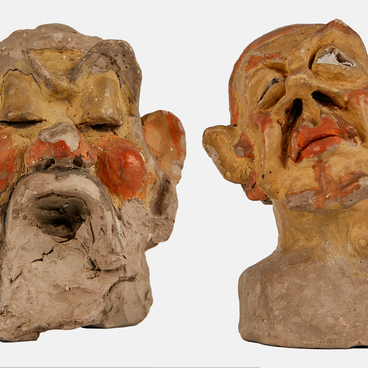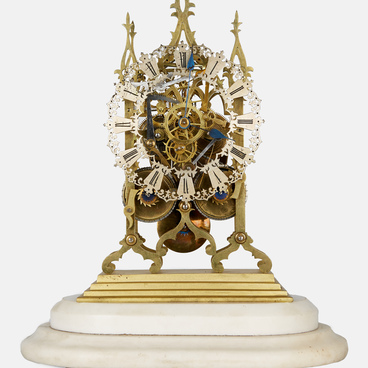Until the 17th century, privileged aristocrats in many noble estates and houses used to write letters on the edge of the dressing table in the bedroom, while people of a more humble descent did this at the kitchen table. To write a letter, people needed special paper, a quill pen that was dipped in an inkwell, sifted sand to keep lines from smearing, a seal to emboss the folded paper or, later, an envelope. These writing materials had to be stored somewhere in a separately allocated place — letters and important papers often had to be hidden from prying eyes. The bureau that was invented in the late 17th century completely solved these problems.
First, it was a small table on high supports with a lid on top. Such a simple piece of furniture provided a lot of opportunity for craftsmen to be creative. They turned the bureau into a real work of art. They tried to make it from expensive types of wood, decorate it with carvings, ivory, and precious metals. They made pigeonholes for papers, books and jewelry, music stands that would make reading easier, as well as hidden compartments to store secret letters or papers of particular importance. All this made the bureau an expensive piece of furniture that not everyone could afford, and yet many tried to acquire.
In the early 20th century, there were not many shops where middle-class people could buy good and affordable furniture. Most often, goods were purchased at the Muir and Maryliz store, in which a furniture factory was organized. Most likely, it was there in 1912 that Alexander Goldenweiser bought this beautiful mahogany bureau.
The bureau resembles a small three-piece cabinet. The upper part consists of three closed compartments for writing instruments, documents, or jewelry; the middle one is a firmly fixed desk with an accordion lid; the lower one consists of closed shelves. Alexander Goldenweiser was known to write a lot of letters. He was a professor at the Moscow Conservatory, a public figure, and a publicist, so the bureau was an indispensable and very convenient piece of furniture in the musician’s home. This old piece of mahogany furniture is on display in the memorial apartment of Alexander Borisovich Goldenweiser and makes a beautiful office.






